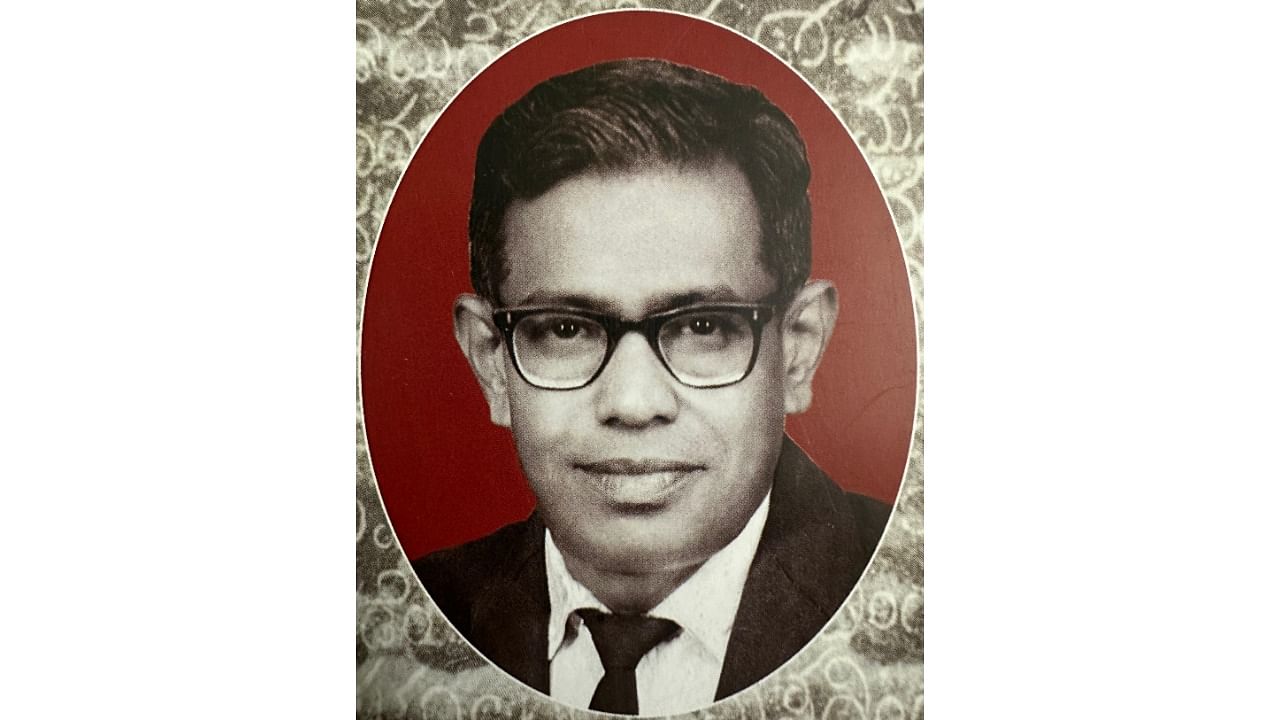
Paduru Gururaja Bhat
In all likelihood, there is no monument, temple, basadi or vihara in Dakshina Kannada and Udupi districts, which comprise a large part of Tulunadu, that Paduru Gururaja Bhat (1924 –1978) has not set his foot on. He has traced the region’s antiquity, studied the architecture and archaeology, photographed the presiding deity, highlighted its aesthetic beauty, characterised the icon and brought out the hidden theological essence behind the icon.
Over a decade and a half, Bhat visited 2,000 monuments, scrutinised 1,500 inscriptions and examined 1,500 icons of various dimensions.
He also took up toponomy — the study of place names of a region or language — endeavouring to prove that place names have importance in the cultural history of a region. He authored several research papers on the toponomy of Tulunadu. In a paper titled, “Udupi – an inner view,” Bhat theorises that the term Udupi comes from ‘Udupa’, which means naga (serpent) which was common in this region. ‘Udupa’ is also used to refer to the moon.
Bhat worked on 600 research papers and articles before publishing his first book on the history of Tulunadu in 1963. His book was acclaimed as an original inquiry into the social strata of the undivided Dakshina Kannada.
His second and equally important work is a monologue on the ancient social group of the district, The Sthanikas of Tulunadu. His next important work is Antiquities of South Kanara, in which he lists as many as 63 places of antiquarian interest in the district, supported by 331 plates (photos) mostly of temples and icons. It is a pictorial research work focusing attention on the richness of antiquities in Udupi and Dakshina Kannada districts.
However, his magnum opus encompassing all his research findings for nearly two decades came in 1975 – Studies in Tuluva History and Culture. He worked relentlessly, searching for temples big and small, in villages and towns and even in inaccessible locations. Often, he would bicycle to remote places, camera in hand, persuading the priests to allow him inside the sanctum sanctorum to look at the deity and take pictures. This book was released by the renowned Kannada litterateur Masti Venkatesh Iyengar.
Bhat was of the view that icons and other concepts of the divine needed to be examined closely to trace cultural migration. In his opinion, families while migrating from one place to another carry not only things of utility but also concepts of the divine. These concepts are a real clue for us to understand them better and know their original place and environment. An investigation will help us have a deeper insight into the time and nature of such migrations.
Bhat’s life is a study of resilience. Born on June 15, 1924, in present-day Udupi district, his education was supported by a maternal uncle in Karkala.
He completed the rest of his education while working as a full-time teacher, earning a degree from the University of Madras. After a master’s degree from Banaras Hindu University (1956), he became a part of the faculty of Mahatma Gandhi Memorial College in Udupi. All this time, he continued to work as a teacher and finally obtained his PhD from the University of Mysore. His thesis was entitled, “A political and cultural history of Tulunadu from the earliest times up to AD 1600.”